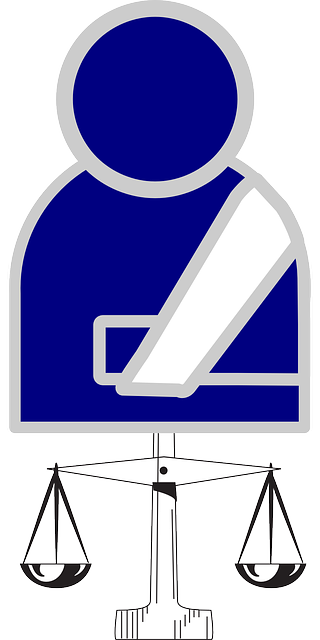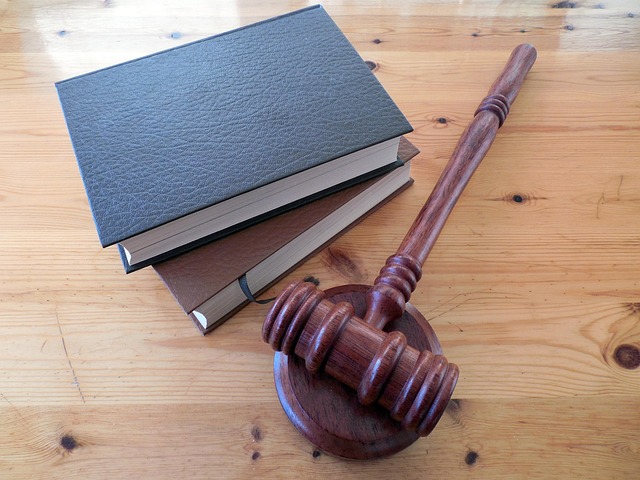Personal injury law protects individuals harmed by another party's negligence or intentional actions, covering incidents from car accidents to medical malpractice. Key concepts include duty of care, negligence, causation, and damages. Various scenarios like motor vehicle accidents, premises liability, product defects, and medical negligence fall under this umbrella. Suing under personal injury law involves evaluating the case, gathering evidence, reviewing statute of limitations, filing a complaint, discovery, negotiations, or trial. Understanding rights and responsibilities is crucial, as victims can seek compensation for damages including medical expenses, lost wages, and pain and suffering. Knowledge of personal injury law empowers victims throughout the process.
Personal injury law protects individuals harmed through no fault of their own. This comprehensive guide explores key aspects of this critical legal domain, empowering victims and fostering awareness. We’ll unravel complex concepts, shedding light on common types of cases, from car accidents to medical malpractice. Learn the steps involved in filing a lawsuit, and understand your rights and responsibilities within personal injury law. Equip yourself with knowledge to navigate this intricate yet vital process.
- Understanding Personal Injury Law: Definitions and Key Concepts
- Common Types of Personal Injury Cases and Claims
- The Process of Filing a Personal Injury Lawsuit
- Rights and Responsibilities of Victims in Personal Injury Lawsuits
Understanding Personal Injury Law: Definitions and Key Concepts

Personal injury law is a legal domain focused on compensating individuals for physical and emotional harm suffered due to another party’s negligence or intentional actions. It encompasses a wide range of situations, from car accidents and slip-and-falls to medical malpractice and workplace injuries. The primary goal is to ensure justice and fairness by holding liable parties accountable for their actions.
Key concepts in personal injury law include duty of care, negligence, causation, and damages. Duty of care refers to the legal obligation one person has to exercise reasonable care to avoid causing harm to others. Negligence occurs when this duty is breached, leading to an unforeseen injury. Causation establishes a direct link between the defendant’s actions or inactions and the plaintiff’s harm. Damages, the final component, refer to the financial compensation awarded to restore the plaintiff to their pre-injury state, covering medical expenses, lost wages, and pain and suffering.
Common Types of Personal Injury Cases and Claims

In the realm of personal injury law, a wide array of cases and claims exist, each with its own unique circumstances. Common types include motor vehicle accidents, where negligence leads to collisions resulting in injuries, requiring compensation for medical expenses, pain, and suffering. Another prevalent category is premises liability, addressing harm incurred on someone else’s property due to unsafe conditions or the negligence of the property owner.
Product liability claims are also frequent, targeting manufacturers and sellers for distributing defective products that cause personal injury. Additionally, medical malpractice suits arise when healthcare professionals deviate from accepted standards of care, leading to adverse outcomes for patients. These diverse scenarios within personal injury law demand a nuanced understanding of legal principles to secure fair compensation for victims.
The Process of Filing a Personal Injury Lawsuit

When considering filing a personal injury lawsuit under personal injury law, the first step is to assess your case and gather evidence. This includes documenting any injuries, medical treatments, and expenses, as well as collecting statements from witnesses and relevant insurance policies. It’s crucial to review the statute of limitations for your jurisdiction, as there are strict time frames within which to file a claim.
Next, you’ll prepare and file a complaint with the court, outlining the facts of your case, the parties involved, and the legal basis for your claim. Once filed, the defendant will be notified, and they have the opportunity to respond. From here, the process navigates through discovery, where both parties exchange information and evidence, potentially leading to negotiations or a trial under personal injury law.
Rights and Responsibilities of Victims in Personal Injury Lawsuits

In any personal injury lawsuit, victims have specific rights and responsibilities that are crucial to navigating the legal process. When a person suffers injuries due to another party’s negligence or intentional acts, they have the right to seek compensation for their damages through legal action. This includes seeking financial reimbursement for medical expenses, lost wages, pain and suffering, and more. The first step is to understand these rights; victims should document all relevant details, such as dates of the incident, witnesses, and any evidence that supports their case. Prompt reporting to authorities and seeking immediate medical attention are also vital actions to take after an injury.
Victims are responsible for presenting a clear and compelling case to support their claims. This involves gathering and organizing evidence, including medical records, witness statements, and expert opinions when necessary. It’s important to stay informed about the legal process, deadlines, and required actions during the lawsuit. Additionally, victims should be prepared to communicate honestly with insurance companies and legal representatives to ensure their case is handled effectively, ultimately leading to a fair settlement or judgment in court.
Personal injury law is a complex yet vital area that protects victims’ rights and ensures they receive fair compensation for their injuries. By understanding the definitions, types of cases, and the legal process involved, individuals can navigate their claims effectively. This knowledge empowers them to assert their rights and hold responsible parties accountable. Whether it’s a car accident, medical malpractice, or slip-and-fall, being informed about personal injury law is crucial for those seeking justice and a fair resolution.
